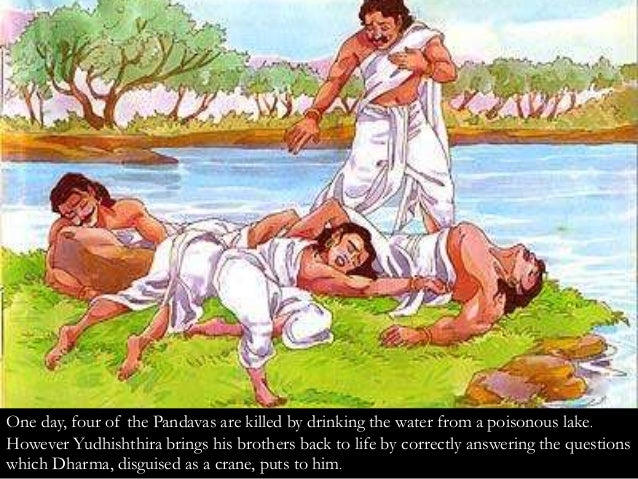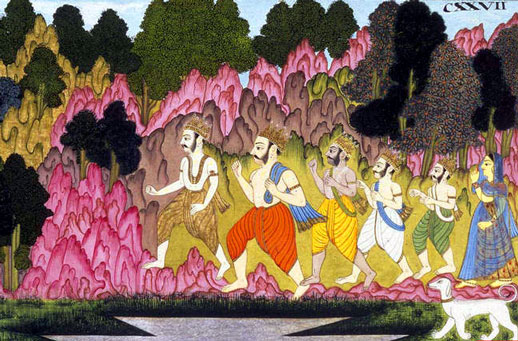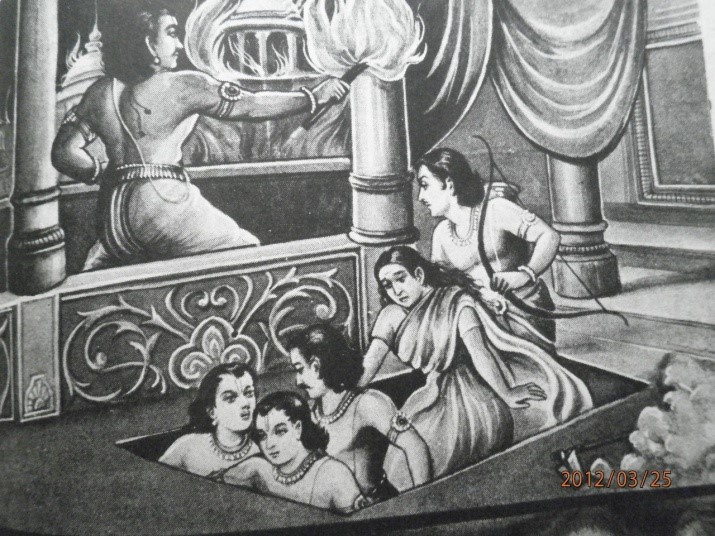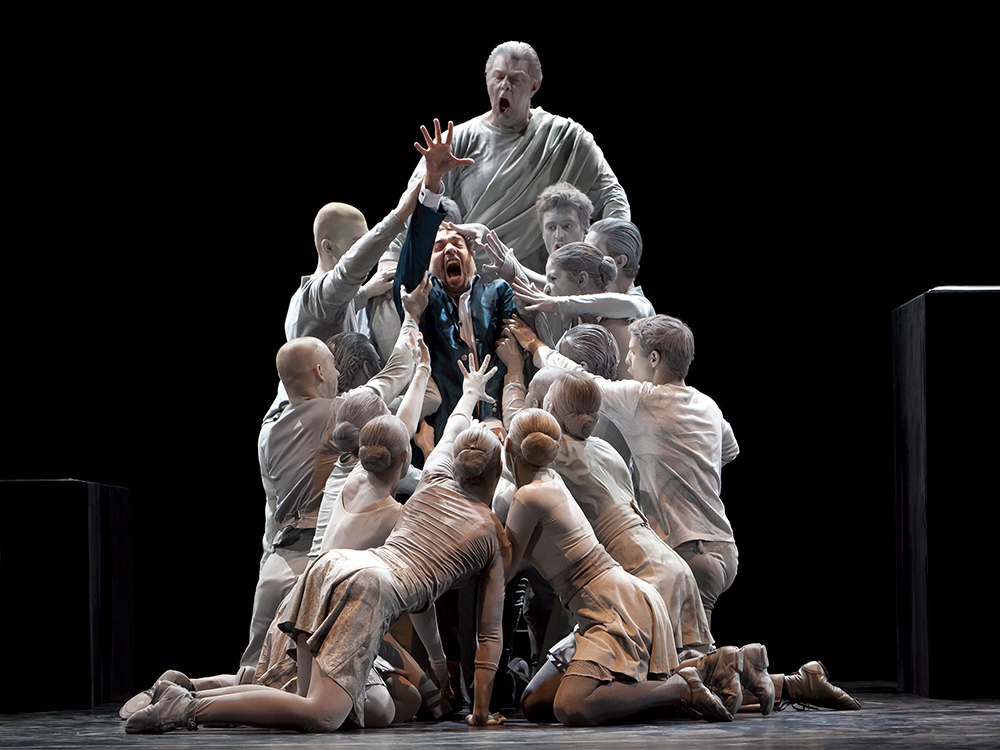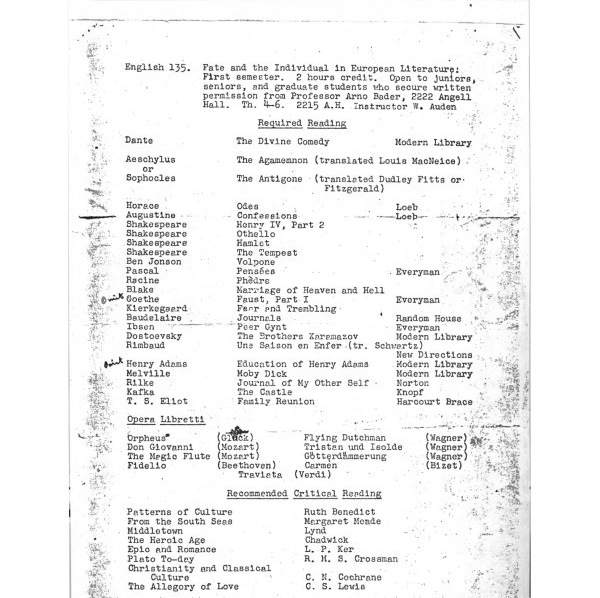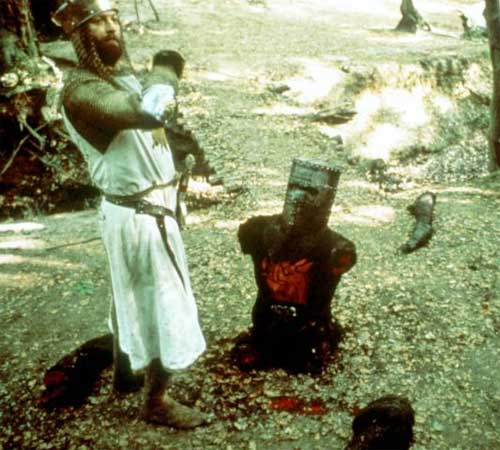Call me Patrick. Some years ago, while I was was mingling at the Spouter Inn, I heard stories of great whaling adventures. I heard stories of great men who caught great whales and of great men who had lost great sons in such journeys. But particularly in this case, I heard one that struck me to the core and now I live to tell this story.
The date and time was April 20th, 1851, at 16:20. I arrived at the Spouter Inn thirsty for adventure. After retiring from my acting career, I decided to go into the whaling industry. Nothing at the time spoke of anything more American and masculine than some good ol' whale catching. Up to this point I read amazing books by one Herman Melville, such as
Typee and my mind was filled with this romance of seatological stories of honor in whale catching. I wonder what ever happened to that guy. He seemed to have just fallen off of the face of the earth after the release of his last novel.
Anyways, upon entering the inn I saw a terrific painting of a devil sperm whale being stabbed through the masses of a giant ship. A foreboding image indeed is what that image was. Fast forwarding a few days, I was boarding my first adventure aboard the
Pequod, a whaling ship which belonged to a certain Captain Ahab. Up until this point i have only heard rumors of the great accounts of Ahab and his undying attitude to hunt. There was no greater honor than whaling on the brinks of certain death and doom.
The story I share is one that brings lightning down my spine. After setting sale in the
Pequod, Captain Ahab finally made his debut. Opening the door of his cabin, Ahab steps out looking like a devil or a fallen angel:
"Here is what its all about!" said Ahab as he revealed his fake leg.
Under Ahab there stood two legs - 1 fake and 1 real.
"A certain DICK of a WHALE bit off my leg! And I am here to get it back! In this journey it does not matter where or when we find Moby Dick, but we are all in this together! I don't care if it takes me one year or fourteen years but I will get him!"
The crew cheered but some started bawling.
"WHY ARE WE ON BOARD FOR THIS MAN'S VENGEANCE!" said one crew member
"I never expected our captain to be such a nut! God help us!" said Starbuck, another crew member
Being a person of sense, Starbuck went to persuade the senile Ahab,
"What good is it to pursue such whale? Would it not be better for you to go home man and take care of your family! Can no reason persuade you anymore?"
Ahab looked at the member with glaring eyes.
"Oh please come home Ahab! We all will surely die for your personal vendetta against a dumb brute!"
"Dumb brute?! That brute is the epitome of what I HATE! I will hunt, kill, and scout all the whales in the world for the rest of my life if it means I can kill that whale! Leave this ship! Your senses need you more than does my senselessness!" harked Ahab
With that Starbuck grabbed his things and proceeded to get off the ship, when all of a sudden the white fiend, Moby Dick, burst out from beneath and knocked Ahab off of the boat with such force that his fake peg leg fell off fell right next to me. With Ahab nowhere to be found, I decided to take command of the
Pequod.
"WITH THESE FAKE LEGS I WILL LEAD YOU SHIP MATIES!"
"AYE AYE PATRICK AYE AYE PATRICK!"
Vowing to never return home without until Ahab is found or Moby Dick is killed, Patrick assumed the senile persona of Ahab and continued his vendetta.

image of
spouter inn painting by Aaron Zlatkin
~~~~~~~~~~~~~~~~~~~~~~~~~~~~~~~~~~~~~~~~~~~~~~~~~
Author's Notes:
In my class
Fate and the Individual, we are read
Moby Dick this week.
The scene is inspired from Bharata's conversation with Rama about who is more fit to rule the Kingdom. After Rama made it clear that he will not come back to rule until he is done with his 14 year hiatus, Bharata said he will only rule for 14 years and while ruling, he will use Rama's sandals as a symbol for when Rama will be back to rule.
In order to emulate the scene, I took an iconic exchange in Melville's
Moby Dick between one of the Nantucketeers, Starbuck, and the
Pequod's captain, Ahab. The conversation between the two characters maintained the same exchange of sentiments of Starbuck trying to persuade Ahab to drop his vengeance for the whale just as Bharata wanted Rama to drop his self-imposed exile. Both Ahab and Rama depicted similar level of this 'search for meaning' and I wanted to portray that in my story.
What I changed however, is of course, I replaced the narrator of
Moby Dick, Ishmael, with...Patrick. And I changed the scene up entirely, allowing Moby Dick to show up and knock Ahab off of the ship so that Patrick could use Ahab's peg leg to lead the crew just as Bharata used Rama's sandals to rule the kingdom.
Bibliography:
The Ramayana by R.K. Narayan
Moby Dick by Herman Melville
